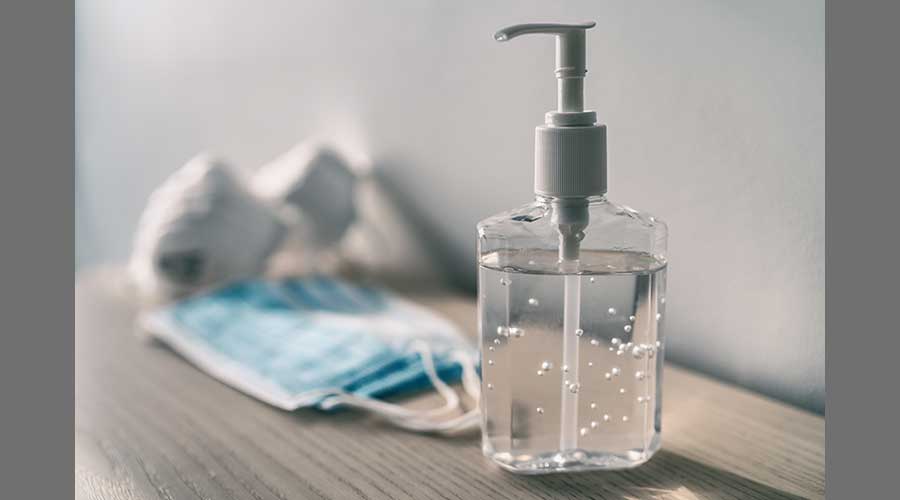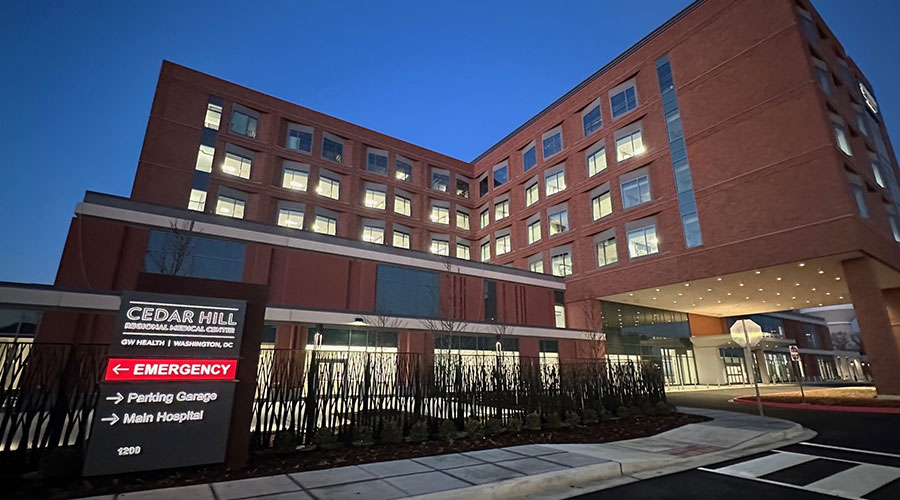Disinfection and cleaning are critical to keeping healthcare facilities from becoming contaminated. Given this, it is no surprise that there are nuances to these processes, meaning they must be done properly.
Here are three nuances of cleaning and disinfection.
1: Traditional and “Hospital Grade” Disinfectants
While one might think there is not much of a difference between the disinfectants used in healthcare settings, there is. The class of hospital grade disinfectants must go through testing and be approved by the Environmental Protection Agency (EPA) before they can claim that classification.
“Hospital-grade disinfectants must be EPA-registered and at a minimum, demonstrate efficacy against two qualifying bacteria – Staphylococcus aureus (a gram-positive bacteria) and Pseudomonas aeruginosa (a gram-negative bacteria),” says Doe Kley, infection prevention fellow for Clorox Healthcare’s Clinical and Scientific Affairs Team. “It is important to note it is not a requirement to include the language “healthcare-grade” on the disinfectant label.”
When using any type of disinfectant, though, it must be the proper type, according to a spokesperson from TOMI Environmental Solutions Inc. Choosing the wrong type can mean risking potential increases in healthcare-associated infections (HAIs) or damaging surfaces that were disinfected.
2: When to Use Cleaning Chemicals or Germicidal Disinfectants
The difference here is more apparent, as cleaning chemicals can have a wider application than disinfectants. Cleaning products can be used to clear up both grime and germs, meanwhile disinfectants are more focused on tackling pathogens.
“Cleaning with a general-purpose cleaner and a mop or cloth will remove pathogens along with the soils,” says Natasha Stiles, national sales manager at PortionPac Chemical Corporation. “Disinfectants should be used only where necessary and primarily on high touch surfaces. The EPA also requires that visibly soiled areas be pre-cleaned before applying disinfectant.”
In addition, for long-term care facilities and hospitals, patients can be left rather vulnerable to serious infections because of contaminated environmental surfaces, says Kley. Due to this, certain regulations require the usage of EPA-registered disinfectants in patient care areas.
3: Cleaning Unoccupied Areas versus Occupied Areas
Unoccupied rooms are cleaned frequently, however, cleaning and disinfecting occupied patient rooms can be a higher priority. At the bare minimum, these occupied patent rooms must be cleaned and disinfected at least once a day, according to Kley. Moreover, if a high-consequence pathogen is present, high-touch surfaces and equipment must be cleaned more frequently as well.
In addition, being familiar with the facility and understanding what to clean are a must, according to a spokesperson from TOMI.
“Then, after ensuring that the proper tools and cleaners are readily available, training on the proper technique to employ for each space is invaluable,” says the spokesperson from TOMI. “The proper product can be the difference between an ineffective cleaning routine and an optimized, streamlined protocol.”
Jeff Wardon, Jr. Is the assistant editor for the facilities market.

 Design Plays a Role in the Future of Healthcare
Design Plays a Role in the Future of Healthcare Cedar Hill Regional Medical Center GW Health Officially Opens
Cedar Hill Regional Medical Center GW Health Officially Opens Designing Healthcare Facilities for Pediatric and Geriatric Populations
Designing Healthcare Facilities for Pediatric and Geriatric Populations Kaiser Permanente Announces New Hospital Tower at Sunnyside Medical Center
Kaiser Permanente Announces New Hospital Tower at Sunnyside Medical Center Building Disaster Resilience Through Collaboration
Building Disaster Resilience Through Collaboration